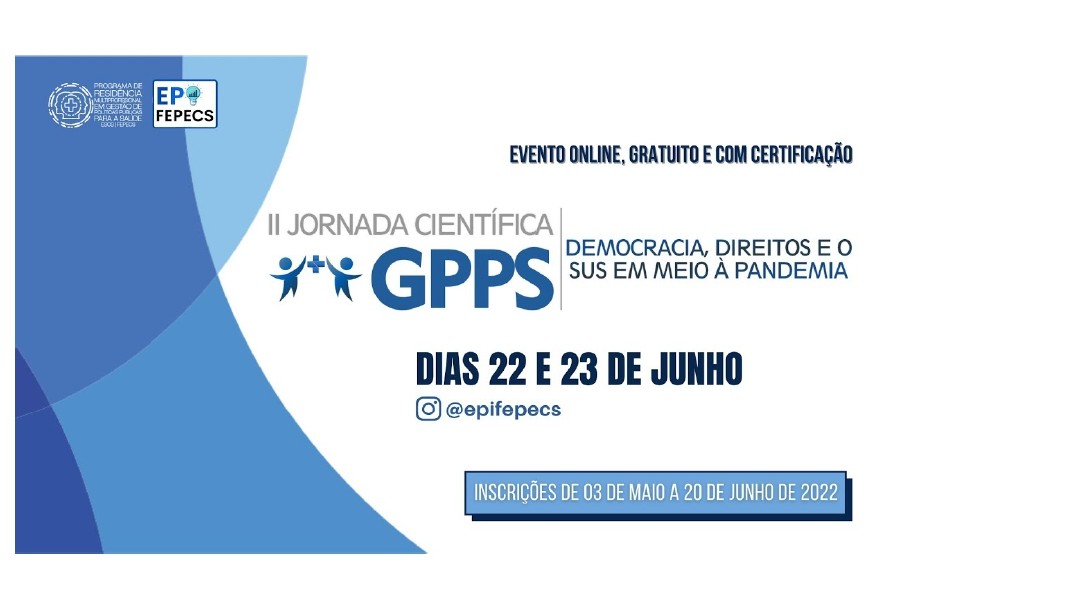Construction of a Dengue panel for Epidemiological Surveillance
DOI:
https://doi.org/10.51723/hrj.v6i29.631Keywords:
Knowledge management, Information systems, Epidemiological surveillanceAbstract
Introduction: The Federal District, in 2020, went through a dengue epidemic with more than 60 thousand suspected cases throughout the territory, with more than 15 thousand were only in the Southwest Health Region (SRSSO). In this way, transforming data into knowledge is essential for quick and accurate decision making. However, the Nucleus of Epidemiological Surveillance and Immunization (NVEPI) is a sector with a large volume of data and has a range of possibilities for the use of this information. In addition, there are limitations in the publication of epidemiological information and the need to introduce new tools to optimize the dissemination of data and the planning of actions to combat Dengue is perceived. Objective: To propose a panel with dengue data for the epidemiological surveillance of a health region in the Federal District. Method: The development of the panel took place in 2020, from September to February, at the NVEPI of the Directorate of Primary Health Care in the Southwest Health Region of the Federal District. The health region is made up of 5 administrative regions and an estimated population of 829,000 people. As a data source, the Notifiable Diseases Information System was used. To organize the database and create the panel, Microsoft Excel and Power BI software were used, respectively. Results: In 2020, 15,757 suspected cases of dengue were recorded in the southwest health region. The panel was composed of information on suspected dengue cases per month, by administrative region and by Basic Health Unit. The panel was composed of visuals that compiled the number of suspected cases, age group, sex and SINAN classification. In addition, a manual was created on the management of information in Health Surveillance and Standard Operating Procedure for the extraction, manipulation and updating of the panel. All materials were made available to sector servers. Conclusion: The use of digital tools in epidemiological surveillance proves to be a great ally due to the large volume of data to be manipulated and the need for rapid dissemination of information. However, in order to maintain such practices, the reorganization of work processes is essential.
Additional Files
Published
How to Cite
Issue
Section
License
Copyright (c) 2025 Luana Silva Pereira, Solange Paiva de Almeida

This work is licensed under a Creative Commons Attribution 4.0 International License.
Esta licença permite que outros distribuam, remixem, adaptem e desenvolvam seu trabalho, mesmo comercialmente, desde que atribuam crédito à revista pela criação original.












